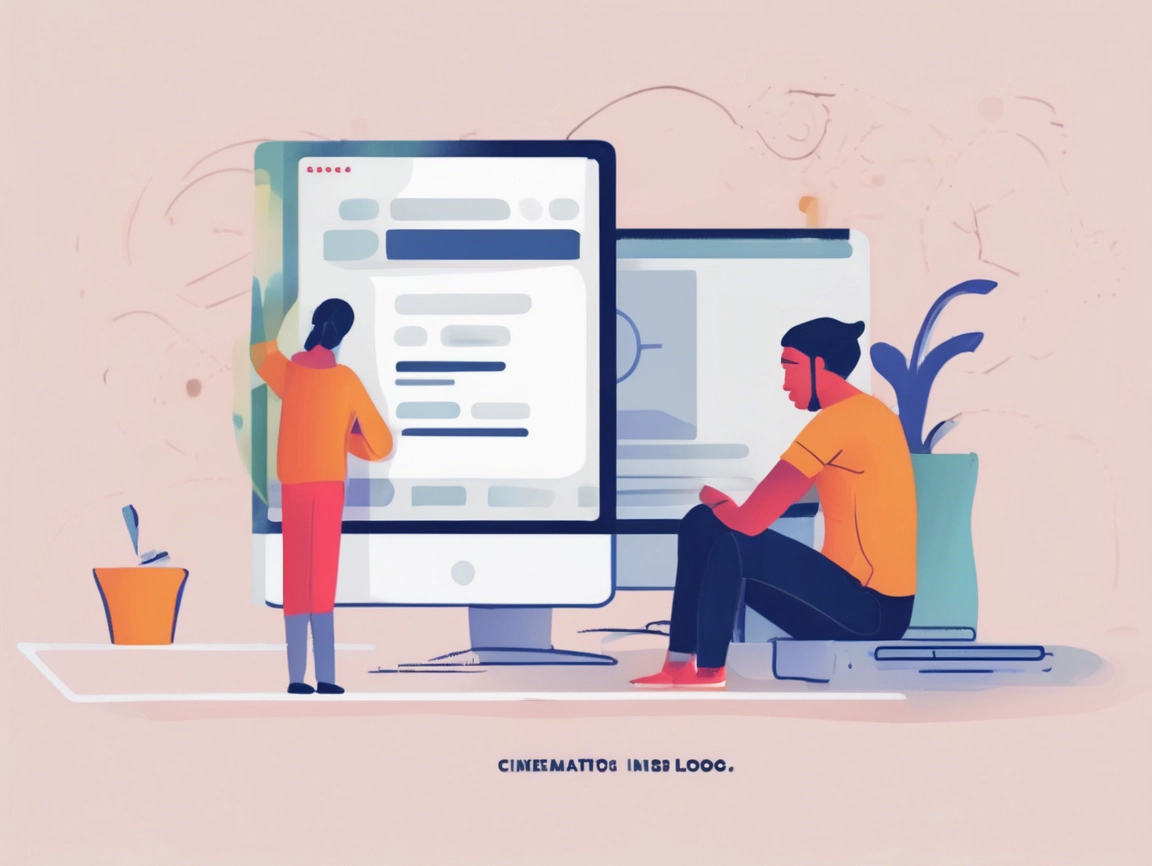By Cap Puckhaber – WebsiteJockey.comIn this article, we’ll delve into how to make your website faster and improve user experience.
If you’ve ever visited a website and waited more than a few seconds for it to load, you know exactly how frustrating it is. You click. You wait. And then… you bounce. Back to search results. That’s exactly what your customers are doing if your website is slow.
And I get it—speeding up a website can feel overwhelming, especially when you’re not a full-time developer. But here’s the thing: improving your site’s performance doesn’t have to be complicated, and it’s one of the most valuable things you can do for your business. Today I’m going to walk you through how to check your website performance, fix slow pages, and keep your site running like a well-oiled machine. No tech jargon. No fluff. Just practical advice that works.
Why Speed Matters More Than Ever
People don’t have time to wait around. Not for your homepage, not for your product pages, not for your blog. If your site doesn’t load quickly—especially on mobile—you’re losing potential customers before they even see what you offer.
Speed directly affects trust. A slow-loading website can make you look unprofessional, unreliable, or even insecure. In today’s world, customer trust is everything. And one of the fastest ways to lose that trust is, well… to be slow.
First, Let’s Check Where You Stand
Before you fix anything, you need to see how your site is currently performing. There are tons of tools out there for this, and I’ve used most of them. Here are a few I trust:
- PageSpeed Insights (by Google): Plug in your URL and get an honest grade. It’ll show you both mobile and desktop performance.
- GTmetrix: Offers a great visual breakdown of what’s slowing down your site.
- Pingdom: Good for checking website response time from different parts of the world.
- WebPageTest: Super detailed if you’re ready to geek out.
- Uptrends: Great if you want to start doing ongoing site speed monitoring.
Each of these is basically a page performance test, giving you an overview of what’s good and what needs help. If you’re wondering “How do I test my website performance?” or “Where do I do a website speed audit?”, start with one or two of these. Bookmark them. You’ll use them a lot.
Common Causes of a Slow Site
Once you run a website page load speed test or site load testing tool, you’ll likely find one or more of the usual suspects:
- Huge images that haven’t been optimized
- Too many third-party scripts (looking at you, popups and trackers)
- Outdated plugins or themes
- No caching or compression
- Slow web hosting
- Unminified code
- Redirect chains
- Lack of a CDN
Don’t worry if that sounds like a foreign language. Let’s translate that into plain English and what you can actually do about it.
Real Talk: How to Speed Up Your Website
Let’s say you ran a landing page speed test and got a failing grade. Don’t panic. There are simple steps you can take—no coding required for most of them.
Start with images.
This is hands down one of the biggest offenders. If you’re uploading massive image files straight from your phone or camera, they’re slowing things down. Use free tools like TinyPNG or Squoosh to compress them before uploading. You’ll be shocked at how much faster your site gets.
Next, look at your hosting.
Not all hosting is created equal. If you’re on a cheap shared host, your site might be sluggish just because of server overload. Switching to a faster provider or upgrading to a plan with better resources can make a huge difference in site load time.
Install a caching plugin.
If you’re on WordPress, plugins like WP Rocket or W3 Total Cache are a godsend. Caching basically means your site doesn’t have to rebuild itself from scratch every time someone visits.
Use a CDN.
A Content Delivery Network stores copies of your site across different locations, so people can access it from the closest server. That means faster load times and reduced website latency. Cloudflare is a great free option to start with.
Minimize plugins and scripts.
Every extra plugin or script adds weight to your site. Go through them and ask yourself: “Do I really need this?” If the answer is no, ditch it.
Clean up your code.
If your site has messy HTML, CSS, or JavaScript, tools like Autoptimize can help tidy things up. You’ll get better performance without rewriting your whole site.
Don’t Forget Security
Speed is important, but so is making your site secure. You want visitors to feel safe—and you want Google to know you’re taking security seriously.
So how do you make your site secure?
- Make sure you have an SSL certificate (your site should start with “https://”).
- Keep your software, plugins, and themes updated.
- Install a firewall or security plugin.
- Backup your site regularly.
Security website design doesn’t just protect you—it builds consumer trust. When people feel safe, they’re more likely to engage, buy, and come back.
How to Keep Your Site Fast Over Time
Speed isn’t a “set it and forget it” situation. Think of it like going to the gym—you have to keep showing up.
Here’s how to make sure your site stays in shape:
- Run a monthly website performance audit.
- Use a website speed analyzer to check load times after major updates.
- Monitor performance using tools like Uptrends or GTmetrix.
- Measure site speed before and after adding new features.
- Test your site speed after installing new plugins or design elements.
- Check website response time during peak traffic hours.
- Review analytics to see if certain pages have higher bounce rates.
It’s also smart to use a site loading speed check regularly, especially if you’ve made changes to your homepage or product pages. Tools like a webpage load test or load time tester can catch problems before your customers do.
Final Thoughts from a Website Jockey
You don’t need to be a web developer to speed up your site. You just need to be intentional. Take time each month to analyse your website performance, run a quick URL speed test, and fix whatever’s slowing you down.
Every second matters. Your visitors are busy. If your site takes too long to load, they’re gone—and probably headed to a competitor whose site moves a little quicker.
At WebsiteJockey.com, I help small businesses speed things up without sacrificing design or function. Whether you need a deep website performance optimization or just a quick “speed test my website” session, I’m here for it.
A fast, secure, reliable site isn’t a luxury—it’s a necessity.
—
Cap Puckhaber
WebsiteJockey.com
and copywriting—another way to build your business site faster, better, and smarter.
More blogs
Follow me on Instagram
Follow me on X
Follow me on BlueSky
Follow me on Medium
Follow me on Substack



Leave a Reply